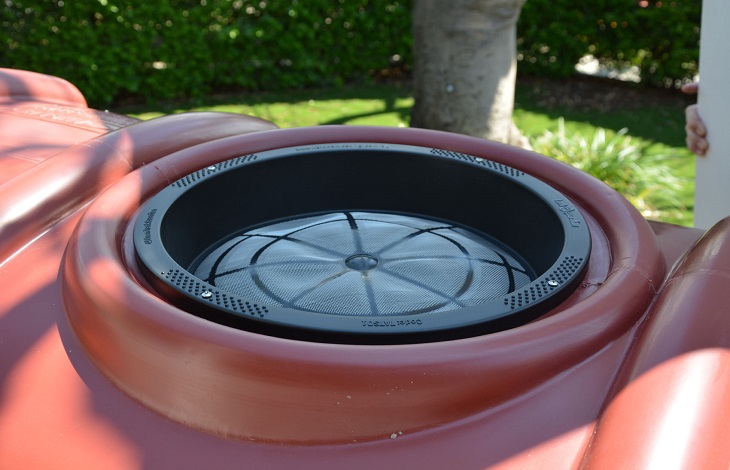With water supply becoming less reliable as sources dry up and climate alters the environs, it has become more important than ever to make full use of whatever you get. This increasing scarcity drives the increase in the use of rain harvesting systems. On the other hand, despite their usefulness, these systems present one significant disadvantage: they encourage the proliferation of mosquitoes.
Mosquitoes thrive in standing water. Any area where this occurs becomes their breeding ground. Thus, this propensity makes your rain harvesting system an irresistible lure for these annoying insects. However, mosquitoes are also notorious disease carriers beyond their ability to annoy. Besides their direct responsibility in causing seven dengue outbreaks in Australia between 1897 and 1955, they also carry and spread viruses like the Ross River and Barmah Forest virus. So much so that they drove the ousting of rainwater tanks throughout the nation in the 1990s.
The boycott of water tanks, however, could not last. There was a general recognition of the benefits of their use, including monetary savings, environmental care and as a vital water source. Therefore, rather than continue to shun them, the focus shifted to the education and implementation of effective methods of keeping mosquitoes out of the rain harvesting system. The list below explores these practices.
Clean Your Gutters and Downpipes
Debris and decomposing leaves tend to accumulate within the gutters. This accumulation can then lead to the creation of pools. Since the pools then become standing water, they attract mosquitoes. Therefore, eliminating the primary pool source is crucial. So, it is best if you clean your gutters to get rid of any foreign object that may be there.
Besides a thorough cleaning, you can also install an over-the-gutter mesh to cover the top and prevent leaves from falling into the collection space. If you opt for this solution, you must also certify that the meshwork is smaller or the same size as the smallest leaves around the area. On the other hand, if the screen isn’t a viable solution, then all that’s left is to trim back the trees closest to your home.
Another area where water accumulates is at the downpipe, particularly if you have a ‘wet system’- one that holds water even after the rain passes. Consequently, protective screens like self-closing flap valves will also prove useful in these areas.
Cover Your Rainwater Tank
Since the tank is where all the water collects and remains longest before use, leaving it unprotected will only encourage the presence of mosquitoes. Therefore, installing a mesh mosquito filter over the tank’s inlets and outlets is best.
Next, remember that some water may also accumulate around the tank’s exterior. So, for example, a pool that forms below the outlet now turns into a breeding ground. It is easy to overlook these areas, hence the need to pay special attention to them. And when you observe an area where collecting water appears, you must act quickly to eliminate it.
Finally, all the above steps have one common theme- prevention. And while it is the ideal course of action, you must also reinforce your efforts with regular checks for the presence of mosquito larvae- preferably every six months. When you combine these actions, you ensure that you have the best chance of keeping mosquitos out of your rainwater harvesting system.
Read Also:
FACTORS TO CONSIDER WHEN CHOOSING AN UNDERGROUND WATER TANK
What to expect during an underground water tank Installation
